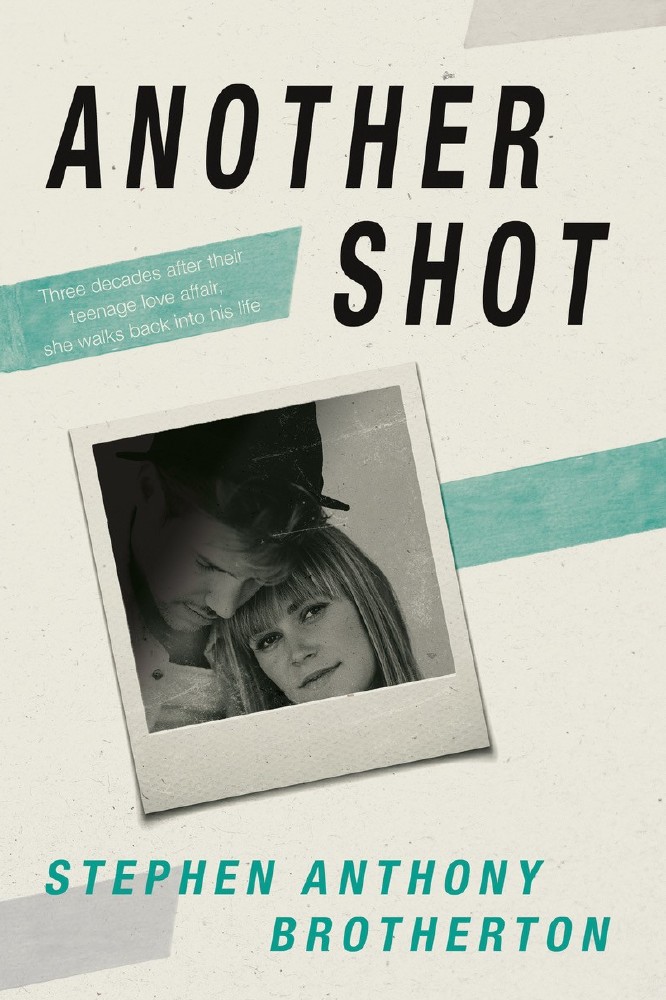Stephen Anthony Brotherton shares his Top 10 Tips for turning fact into fiction, following the release of his romance novel, Another Shot, which was inspired (in part) by a true story:

Stephen Anthony Brotherton
1 - Choose your story carefully – Real life is made up of lots of stories, some extraordinary, but mostly everyday life tales, common to everyone – your fiction story needs to be strong enough and told in such a way to hold the reader’s interest and be worthy of their investment, both time and money.
2 - Avoid mundanity – Real life stories unpack themselves slowly, over years, interconnected with lengthy periods of trivia and every day events – people living their lives. Fiction writing gives you a license to be dynamic, creative. Use it wisely.
3 - Make the most of primary research – Use photos, diaries, notebooks, birthday and Christmas cards that help transport you back to the time in your life you’re writing about. These will all help stimulate your creative juices.
4 - Keep the timeline short – This helps to create an intensity and excitement to your plot. In Another Shot, Freddie and Jo-Jo’s story is told across a few days in July 2015 when they meet up again, but with supportive flashbacks going back to when they were children to explain their present day actions and responses.
5 - Be confident – This is your story, from your life, but you’re turning it into fiction, which means you can be creative. If you say Freddie drunk tight-rope walked across a sea-side wall in Sitges then that’s what happened.
6 - Be sensitive – Remember it’s a story based on fact so even though you’ve been creative with your amalgamations caricatures of real life people, some people may still recognise themselves. You don’t want to run the risk of alienating your family and friends. That could make Christmas gatherings a bit awkward.
7 - Create interesting characters – Complicated characters with flaws will pique a reader’s interest and help the story to fly. I wanted to give Freddie and Jo-Jo strong back stories that had heavily influenced their personality development – mainly Freddie’s relationship with his mum and Jo-Jo’s relationship with her dad.
8 - Cut with enthusiasm – Make your story as tight as you can, checking every word, every sentence over and over and assessing its value to the story. Do not leave anything in that disrupts the flow or detracts from the plot.
9 - Edit. Edit. Edit. – Get the basics right: grammar, punctuation, structure, rhythm. Read your drafts out loud. How do they sound? Does it hold together? Have you given the reader time to breathe? Put the draft away, come back to it a week later and repeat the process until you’re 100% happy.
10 – Don’t procrastinate – You’ve got a story to tell: Start it today.

Another Shot by Stephen Anthony Brotherton is available from The Book Guild, Amazon and all good bookshops.

